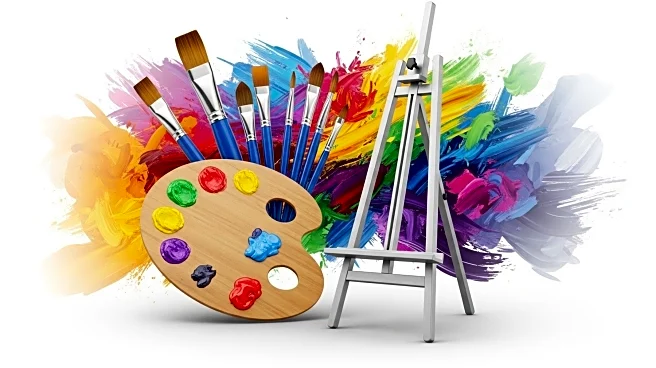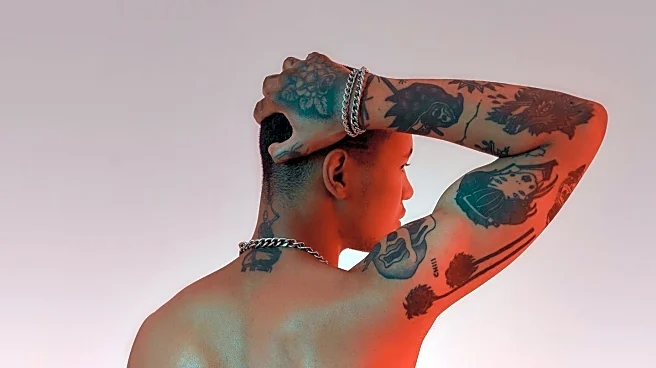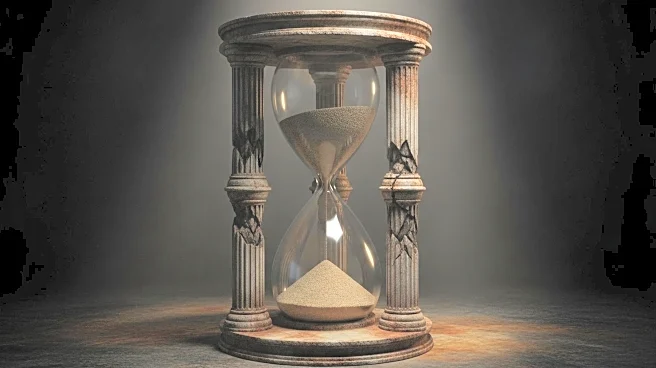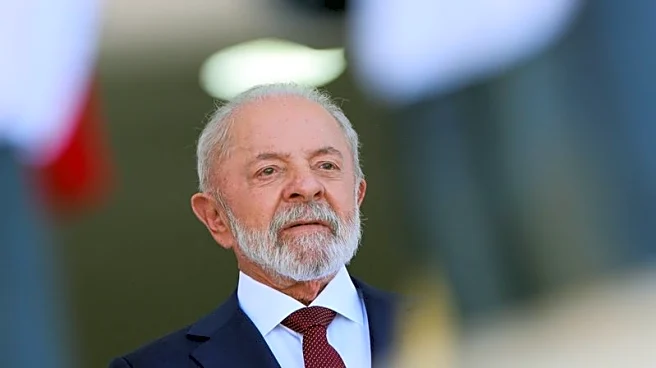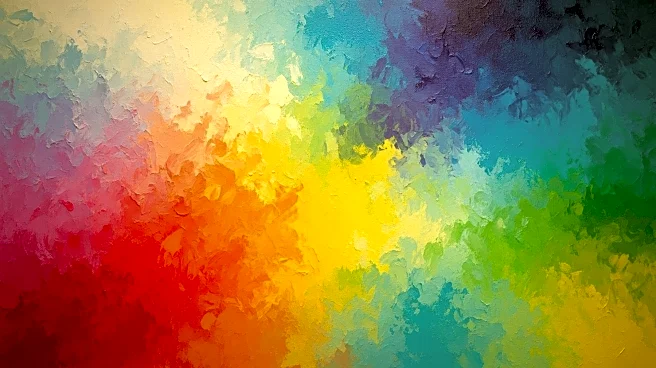What's Happening?
The 36th Bienal de São Paulo, titled 'Not All Travellers Walk Roads—Of Humanity as Practice,' is set to explore themes of silence and introspection. Inspired by Afro-Brazilian writer Conceição Evaristo's poem 'Da calma e do silêncio,' the biennial seeks to highlight narratives often excluded from mainstream discourse. Chief curator Bonaventure Soh Bejeng Ndikung emphasizes the importance of silence as a space of accumulation and resistance. The event features 125 artists, including 28 Brazilians, with half of the works being new commissions. Notable artists such as Frank Bowling and Precious Okoyomon will present their works. The biennial also includes a performance program called Tributaries, in collaboration with Casa do Povo, a cultural center known for its progressive approach.
Why It's Important?
The Bienal de São Paulo is a significant cultural event that challenges traditional narratives and promotes diverse voices. By focusing on silence and introspection, the biennial encourages audiences to engage with art in a deeper, more reflective manner. This approach can influence how art is perceived and valued, potentially shifting cultural norms towards inclusivity and understanding. The inclusion of new commissions and international artists highlights the biennial's role in fostering global artistic exchange. Additionally, the collaboration with Casa do Povo underscores the importance of cultural institutions in supporting resistance and progressive ideas.
What's Next?
The biennial will open with a preview on September 5, unveiling new works and performances. As the event progresses, it is expected to attract significant attention from the art community and the public, potentially sparking discussions on the themes of silence and humanity. The performances at Casa do Povo will continue to engage audiences, offering a platform for artists to express resistance and cultural narratives. The biennial's impact may extend beyond the event itself, influencing future exhibitions and artistic practices.
Beyond the Headlines
The focus on silence and introspection in the biennial raises questions about the role of art in society. It challenges the notion of visibility and media saturation, suggesting that true understanding may come from moments of stillness. This perspective can lead to a reevaluation of how art is curated and consumed, promoting a more thoughtful and inclusive approach. The biennial's emphasis on collaboration and diverse narratives also highlights the potential for art to bridge cultural divides and foster global dialogue.


